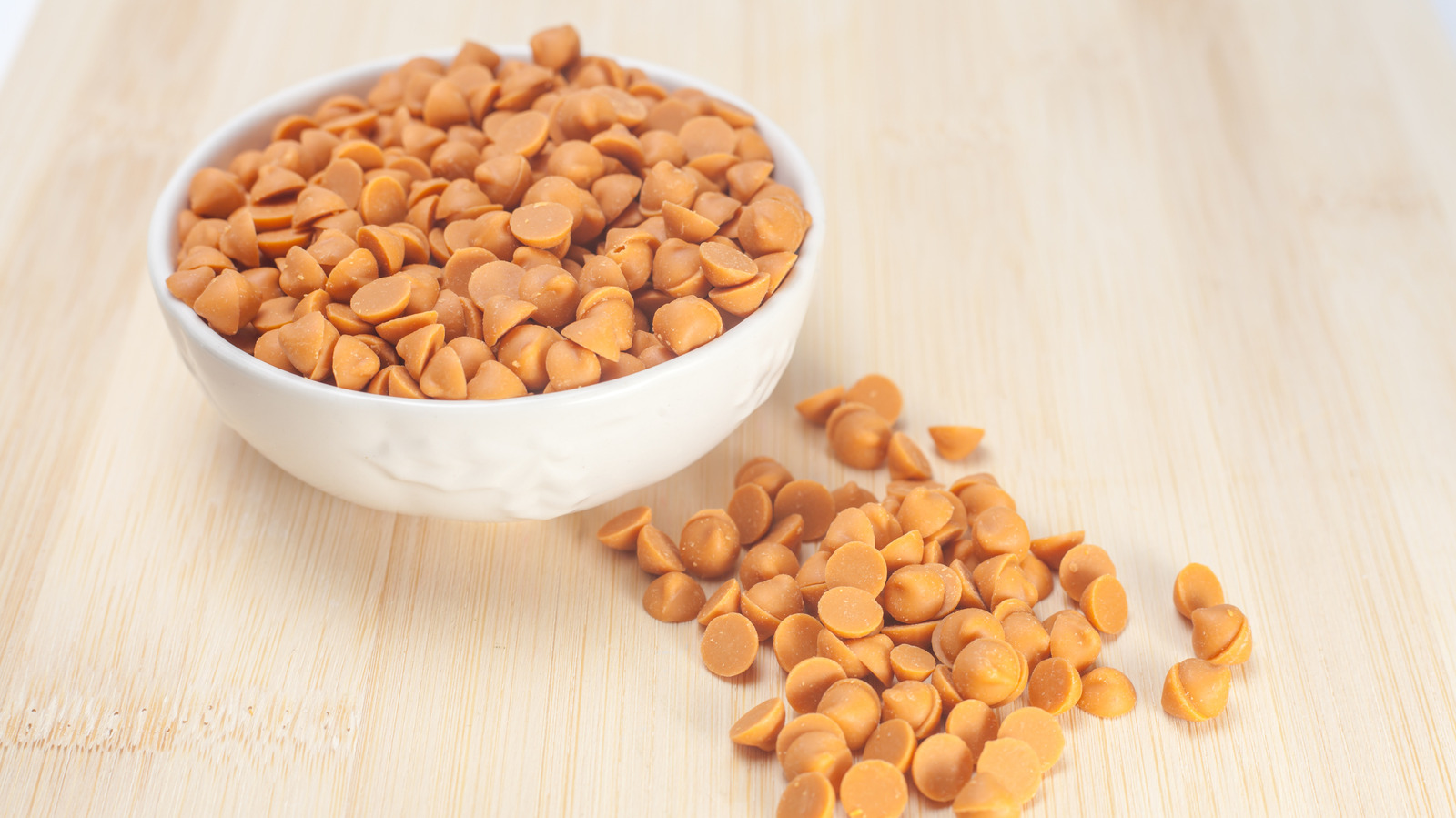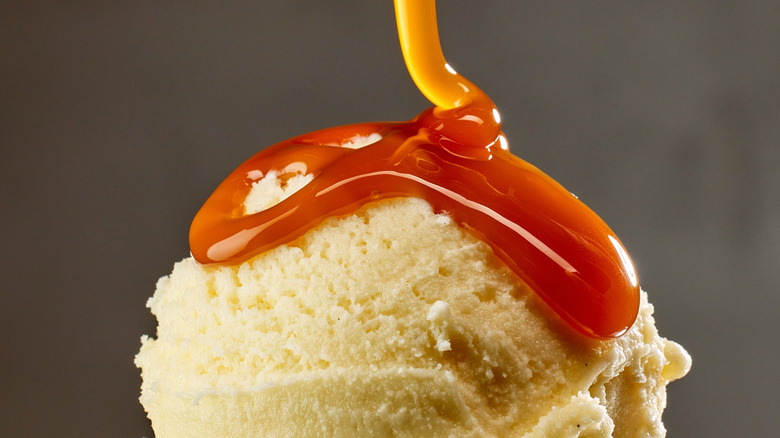Whether you’re making butterscotch drop cookies, creamy pudding, or a sauce to drizzle over your favorite vanilla ice cream, butterscotch is a nostalgic, dreamy ingredient that can create lasting culinary memories. The trouble is, getting butterscotch chips to melt properly can be tricky.
There are some scientific reasons for this. Unlike chocolate, chips made from butterscotch (as well as white chocolate) rely on stabilizing ingredients like soy lecithin to help the candies retain their perky droplet appearance as they travel through the shipping process. (If you review you the best and worst chocolate chips on store shelves, you may also find this stuff in some of the less-preferred options.)
While that droplet shape is delightful for the aesthetic of a cookie or blondie, it interferes with smooth melting. These chips are also primarily made from sugar, which makes heating them without burning difficult. The good news is that there are ways to work with your butterscotch chips that will ensure they melt into a creamy, silky texture without scorching or clumping.
Tips for smoother butterscotch melting
One way to help your butterscotch chips is to chop them up, which will promote faster melting. You don’t have to wait until every morsel is melted, either — they’ll continue to liquify once you remove them from the heat. Stirring continuously is critical. If you’re using a microwave, start at a setting that’s about half strength and stop every 30 seconds or so to stir. Some suggest a double boiler method, but that poses a risk: Water droplets may find their way into your butterscotch vessel, causing the candy to seize. For this reason, you may want to pour your chips straight into a heavy-bottomed saucepan instead. Just be extra vigilant about stirring in this case, as the direct heat can easily scorch your chips.
Fortunately, there are methods for fixing seized chocolate, and you can borrow some of those tips here: Try adding a bit of vegetable oil or shortening to your chips before you start the melting process, which will help prevent this pitfall. When melting chocolate, an advisable amount of oil or shortening is around 1 tablespoon per 6 ounces of chips, which is also a good starting point for butterscotch.
Even if you’ve memorized everything you need to know about baking with chocolate, butterscotch chips can be a particular kind of tricky. Understanding the reasons behind how this candy melts will help you succeed — and help make your finished product smooth and satisfying.





